LONG POND, Pa. — A rare thing happened five weeks ago. As NASCAR’s longest race unfolded, social media discourse about the sport — often overflowing with negativity and snark — instead exuded approval over what was playing out on Amazon Prime.
Fans were witnessing a polished, professional broadcast that they felt was unlike anything they’d seen in recent years. And it wasn’t just fans who took notice.
“Everyone who has come up to me — friends or fans or whoever — and has watched the races over the last few weeks has had nothing but incredible things to say,” Hendrick Motorsports driver Chase Elliott said. “And it seems like it’s been really well done, at least that’s kind of been the perception that’s out there that I’ve heard.”
Complaining about a race broadcast is like catnip for many NASCAR fans. Regardless of who is handling the coverage, a vocal contingent will make their criticisms known.
It seemed certain Prime would be subject to such scrutiny when it began broadcasting its five-race package of Cup Series events as part of NASCAR’s new seven-year media rights deal that split up the 38 Cup races among Fox Sports (14 races), NBC Sports (14), Prime (five) and Warner Bros. Discovery (five, on TNT). Prime’s foray into NASCAR marks the first time the league’s premier division had its races carried exclusively on a streaming service.
Yet from Prime’s first race on May 25 — the Coca-Cola 600 at Charlotte Motor Speedway — and through the following four weeks, a NASCAR community known to be averse to change largely embraced Prime’s presentation.
“They (Prime) do a good job of telling the stories and getting you excited about strategy and showing how one driver may catch another,” said Denny Hamlin, driver for Joe Gibbs Racing and 23XI Racing co-owner, last week before Prime’s last broadcast at Pocono Raceway. “They are doing a great job so far.”

Dale Earnhardt Jr. (right) interviews winning driver Shane van Gisbergen on Prime after the Cup Series race in Mexico City on June 15. (James Gilbert / Getty Images)
How did Prime resonate with a fan base that’s often skeptical about any outside entity coming into the sport and trying to be different? First, Prime recognized it knew what it didn’t know. For Prime to produce a successful NASCAR broadcast, its leaders knew it was best to lean on experience.
Utilizing a strategy similar to the one it employs for its NFL “Thursday Night Football” broadcasts, Prime partnered with NBC Sports to bring on many of the same behind-the-scenes staffers who make that network’s coverage top-notch. This gave Prime a strong start, only needing to fine-tune how it wanted the broadcasts to look.
To put its own spin on the broadcasts, Prime also introduced new technological elements. The most notable is the “Burn Bar,” which measures a team’s fuel consumption through the course of a race, then conveys the information to viewers in a digestible manner.
“How do we take really complex things and present them in a really simple way,” Prime Video senior coordinating producer Alex Strand said of the broadcast’s goal. “And that to me is the fun challenge of it. … I think most people would be pretty excited and surprised by how much opportunity there is to really get technical, but make it approachable.”
Prime has one big advantage over NASCAR’s other broadcast partners: It’s not bound by the same constraints as linear television and doesn’t have to adhere to strict broadcast windows. As a streaming service with no cap on when it needs to sign off, Prime has more freedom to go deeper in its post-race analysis.
“We, obviously, heard fans talking about it. We also just saw it ourselves,” Strand said. “I want to hear analysts break down how that race ended. We just saw that as an opportunity. And it was already in our DNA, so it was a pretty easy decision to make.”
To figure out how to fill that time, Strand looked at how Prime has covered the NFL, European soccer and other sports properties. Its NASCAR broadcasts featured an extended pre- and post-race show, so its hosts and analysts could first inform viewers on what was to come, then thoroughly recap the races. The run times varied depending on what happened in the race and how much there was to talk about.

Booth analyst Steve Letarte (second from right) joins the Prime studio show after the June 1 race at Nashville Superspeedway. (James Gilbert / Getty Images)
The thoroughness of the post-race show became Prime’s calling card. Anchored by Danielle Trotta and with NASCAR Hall of Famer Carl Edwards and current driver Corey LaJoie as studio analysts — and sometimes joined by booth analysts Dale Earnhardt Jr. and Steve Letarte — the group breaks down the just-completed race to a depth viewers don’t typically get from a post-race show on a network facing time restrictions.
The numbers have reinforced Prime’s decision to produce an elongated post-race show. Prime said the program retained an average of 43 percent of its audience from the race.
“I personally like the pre- and post-race show the most,” Hendrick Motorsports driver William Byron said. “Having a professional desk like that and having a chance to recap the race in a more relaxed setting just adds to the value and adds to the energy of the event. It just captures the sights and sounds.”
The post-race show has afforded Edwards and LaJoie, both television newbies, a platform to shine. For LaJoie, who has hosted podcasts and radio shows, this was not a completely new endeavor. Edwards, though, had largely been away from the sport since retiring from racing after the 2016 season.
But Edwards has used his time away as an asset. On the show, he takes an inquisitive approach as he re-acclimates to a sport that’s changed considerably since he raced. This, in a way, makes him serve as a conduit for fans in getting to know drivers better and explaining ongoing storylines.
“You know how in filmmaking they always need a character that doesn’t know anything so they can ask the questions?” Edwards said. “I think this has been just this perfect timing and opportunity for me because I’m literally learning about the sport again. So much has changed.”
NASCAR and Prime hoped that a strong broadcast aired over a streaming service would yield a younger demographic. And so far, it has. According to Prime, the median age for a viewer of its five races was 56.1, nearly seven years younger than audiences watching Cup Series races on linear networks in 2025 (62.8). And its five races represented the five youngest audiences of any Cup race this season. The five-race slate averaged 2.16 million viewers, on par with typical broadcasts on traditional cable networks but down from the 2.56 million average for the same five-week stretch in 2024. Last year, one of those races (the Coke 600) aired on Fox, with the other four on FS1.
“It was rewarding to see NASCAR’s fan base shift over to a new platform,” said Brian Herbst, NASCAR executive vice president, chief media and revenue officer, “not only achieving the viewership levels that NASCAR delivers on cable TV today, but bringing in younger demos and new fans to our sport.”
With NASCAR and fans responding favorably, what will Prime do for an encore next summer? Sitting inside Prime’s production trailer on-site at Pocono Raceway last weekend, Strand shook his head and smiled at the question.
The answer will come later. There’s plenty of time to sort that out.
“We’ve had so much fun,” Strand said. “I’m excited about what TNT will bring (beginning Saturday night at Atlanta Motor Speedway). I’m excited about how NBC will finish the season. … Our hope is that this season of NASCAR really represents a growth in excitement around the sport that rolls into 2026.”
(Top photo of Prime’s NASCAR studio crew; from left, Danielle Trotta, Carl Edwards, Dale Earnhardt Jr. and Corey LaJoie: Meg Oliphant / Getty Images)


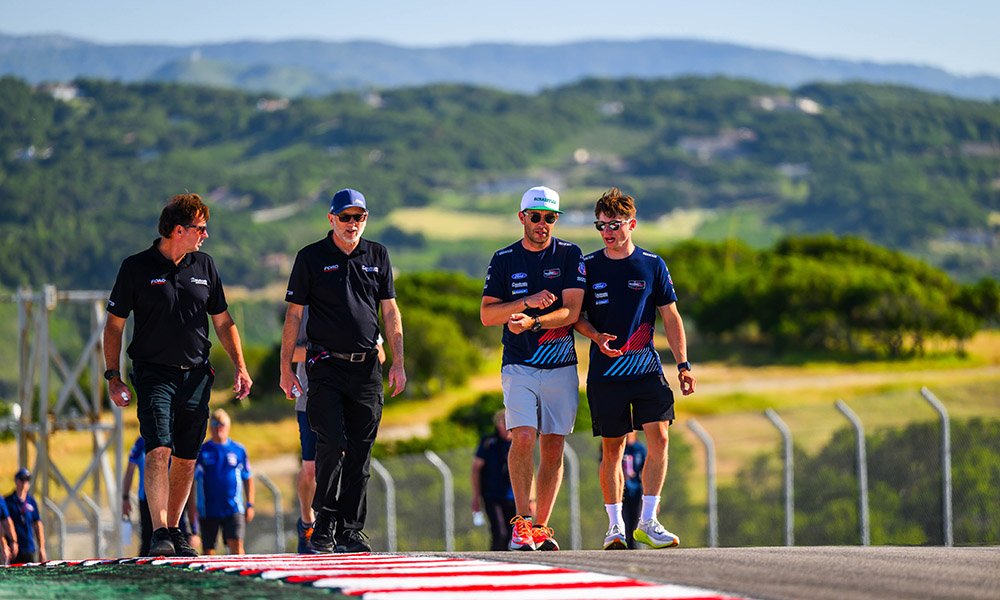
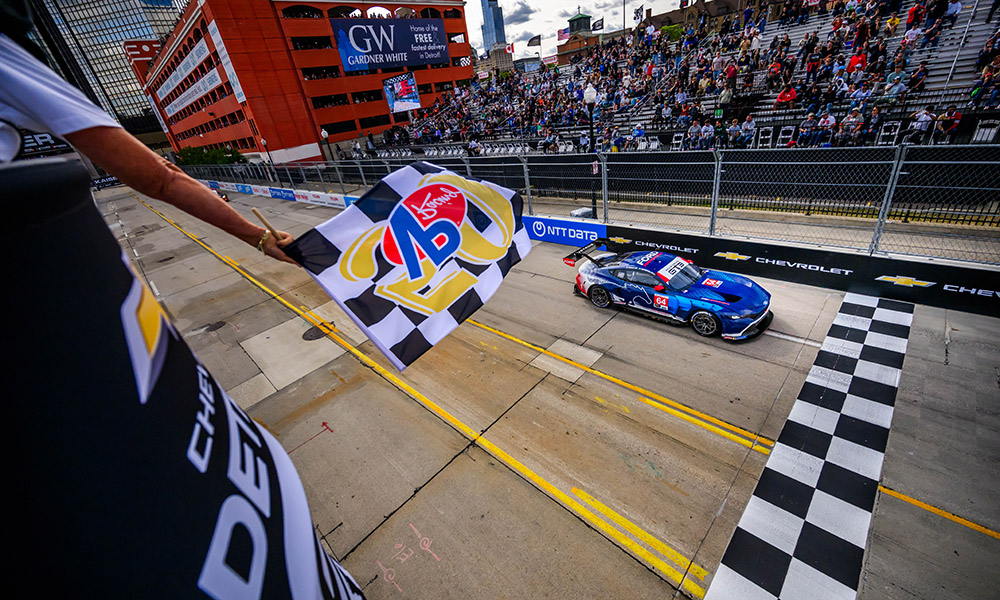


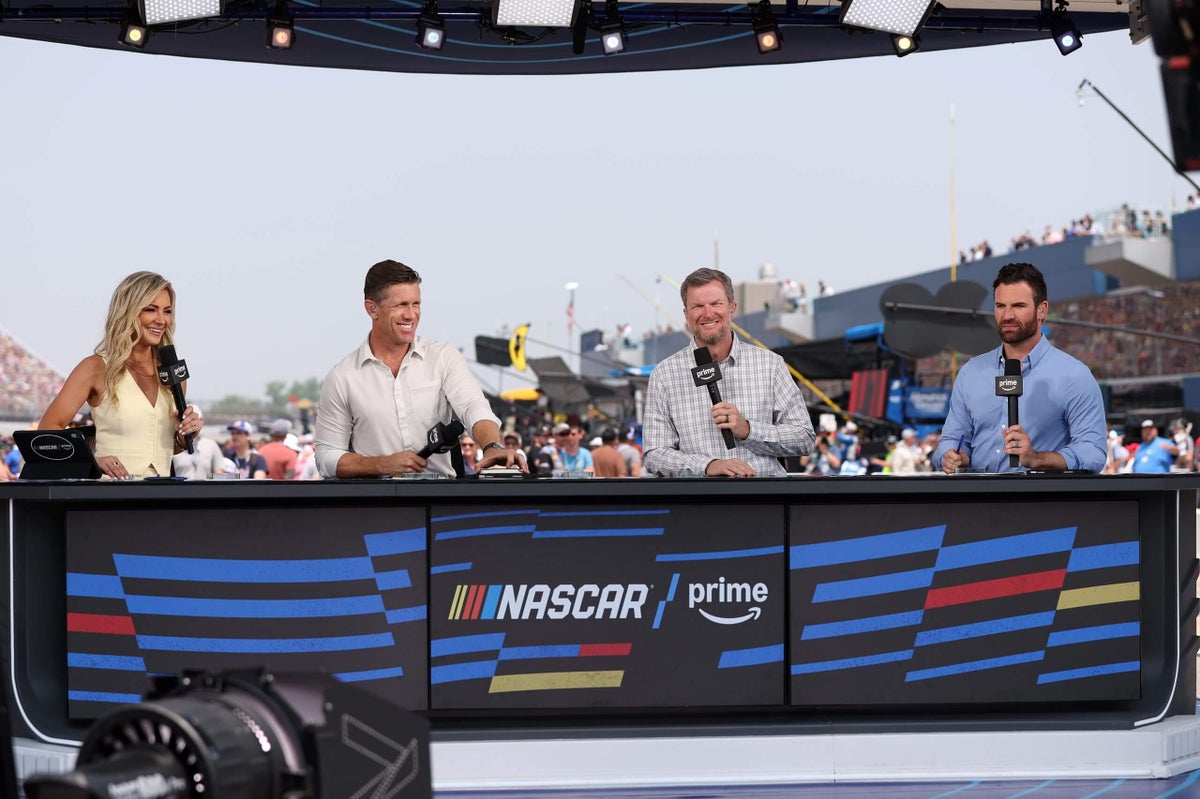



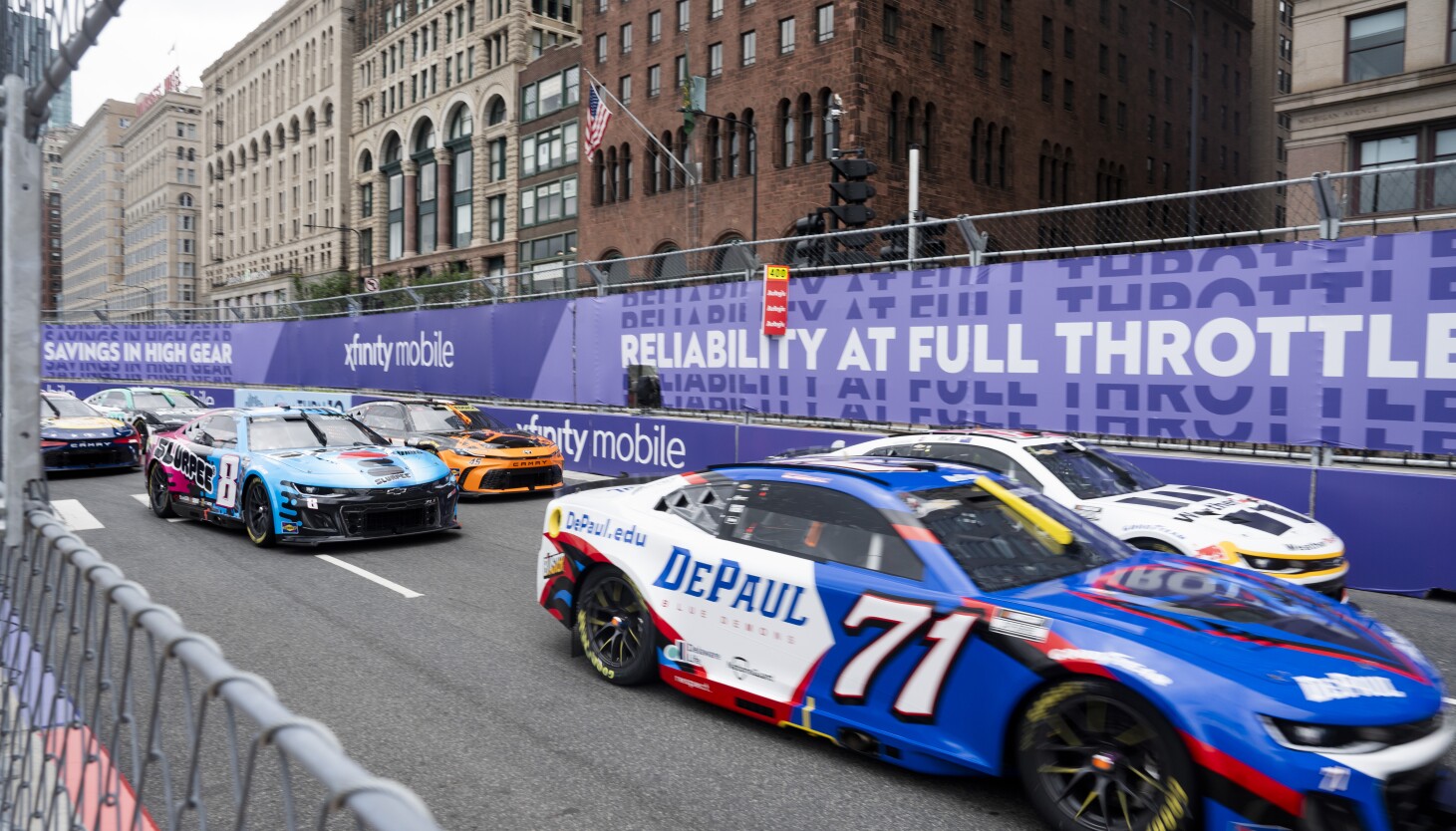

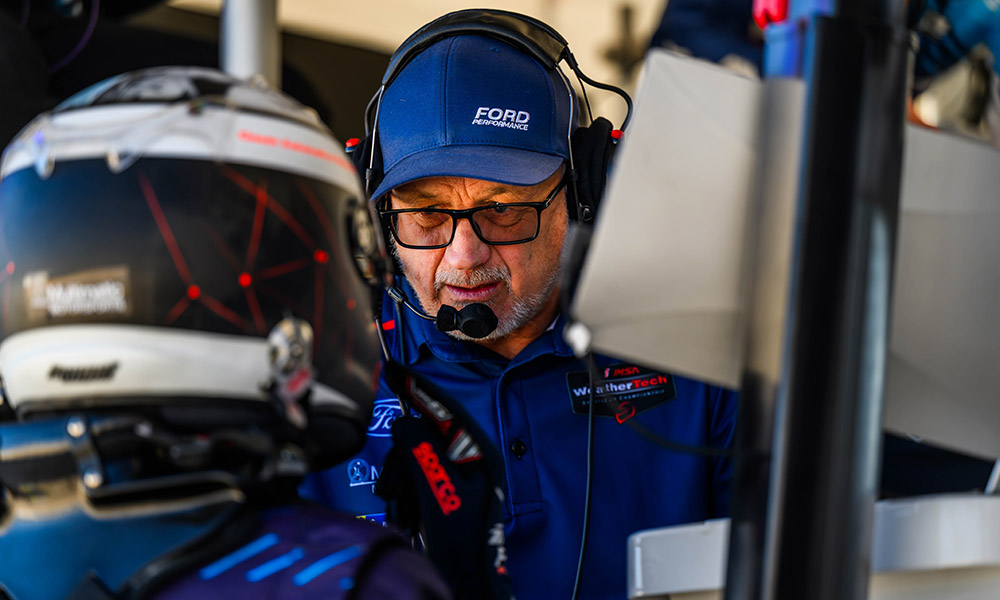















 #USABMNT
#USABMNT













































